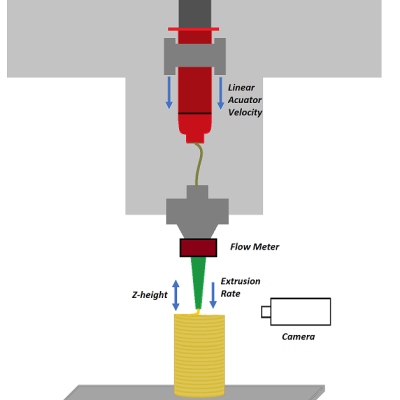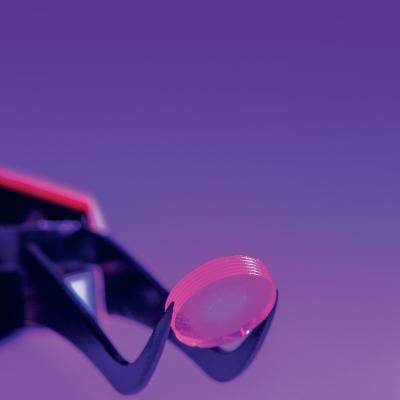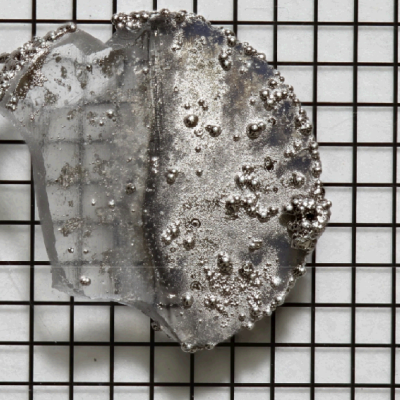LLNL researchers have continued to develop their pioneering DIW 3D-printed glass optics technology that allows for the 3D printing of single- and multi-material optical glass compositions in complex shapes. This LLNL invention further proposes incorporating dopants (including, but not limited to TiO2 and Pd) into slurries and inks for 3D printing of glass components that can then be directly…
Keywords
- Show all (101)
- Additive Manufacturing (43)
- Synthesis and Processing (20)
- 3D Printing (7)
- Materials for Energy Products (6)
- Material Design (4)
- Manufacturing Improvements (3)
- Membranes (2)
- Rare Earth Elements (REEs) (2)
- Direct Air Capture (1)
- Electric Grid (1)
- Magnet Compositions (1)
- Manufacturing Simulation (1)
- Material Characterization (1)
- Microfabrication (1)
- Multilayers (1)
- Precision Engineering (1)
- Volumetric Additive Manufacturing (1)
- (-) Additively Manufactured (AM) Optics (2)
- (-) Manufacturing Automation (2)
- (-) Structural Materials (1)
Technology Portfolios

The approach is to use peroxides to modify the reaction kinetics in the production of polysiloxanes. A radical initiator in the presence of a hydride-terminated polysiloxane will increase the rate of curing and reduce manufacturing costs. At a minimum a formulation would contain a hydride-terminated polysiloxane, a platinum catalyst, and an initiator that generates radicals. …



LLNL researchers have developed a custom resin formulation which uses a dispersing solvent and only a multifunctional monomer as the binding agent. The dispersing solvent system typically used has multiple components meant to achieve excellent dispersal of silica in order to create a flowable resin (rather than a paste). The dispersing agent has low vapor pressure, which allows the 3D printed…

